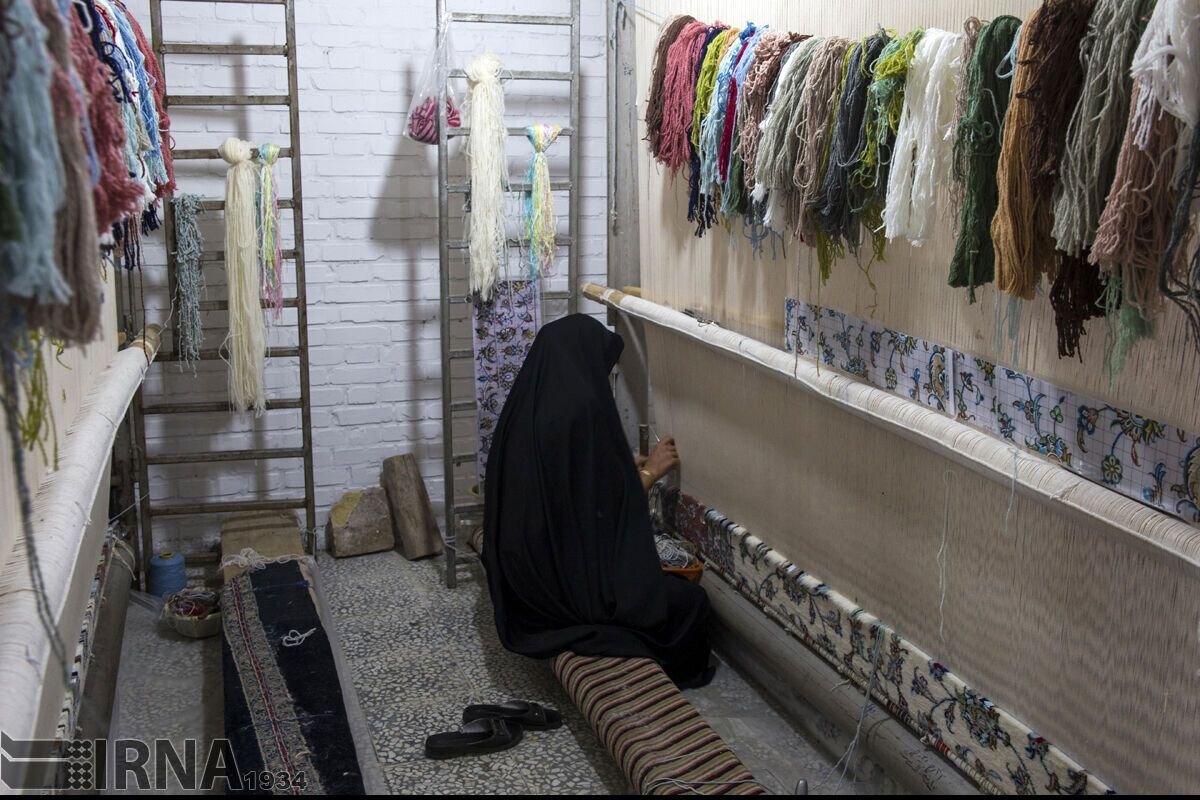Over 126,000 women heads of household become self-sufficient

TEHRAN – The empowerment programs of the late President Raisi’s administration have resulted in the self-sufficiency of more than 126,000 women heads of household.
Female entrepreneurs have expanded business, resulting in the creation of sustainable employment for women, as well as the support for job-creating skills, IRNA quoted Ensieh Khazali, the vice president for women and family affairs, as saying.
The empowerment programs covered women with abusive husbands, women breadwinners, single girls aged over 45, women suffering from social harm, and women who are heads of household.
Also, the national sustainable family-oriented business plan, with the assistance of women entrepreneurs managed to empower women seeking employment.
In this project, women entrepreneurs support the employment of women for four years from the raw material preparation stage to the end product sales stage to ensure their sustainable employment.
In addition, the late president’s administration for the first time established an entrepreneurship fund for supporting women heads of household.
Providing online sales platforms, and establishing sales markets across the country were among other empowerment programs for women heads of households which led to the self-sufficiency of many Iranian women.
Women empowered after Islamic Revolution
The status of women in various fields was improved after the Islamic Revolution and women, as half of the country’s population, have been leading in many fields.
After the victory of the Islamic Revolution in February 1979 by toppling the Pahlavi regime [the last Iranian royal dynasty, ruling for almost 54 years between 1925 and 1979], women were given equal rights to shape their futures. The Islamic Revolution provided them a chance to build their distinct identity and they have been tremendously successful in doing that.
There were extensive changes in the fields of science, education, economy, employment, and presence in management positions for women. Now a large part of activists in various fields of academia, business, and management are made up of capable Iranian women.
Education as a social value for women is seen as real freedom for them. Illiteracy among women and girls has been nearly eradicated as the literacy rate reached 99.3 percent and the ratio of female to male students has increased by 28 percent.
According to the latest data, nearly 60 percent of all university students are females today. The percentage of women in higher education has increased nearly 21 times since the Revolution.
The notable presence of women in the education sector has had a remarkable impact on the job market of the country as well, with women taking more jobs in both the public and private sectors.
Leader of the Islamic Revolution Ayatollah Seyyed Ali Khamenei in one of his speeches said, “It is wrong to assume, we should prevent women from partaking in economic and social activities with reference to Islam.
Islam has not prescribed such a thing. However, Islam has not recommended imposing hard work, tough businesses, or social and political tasks on women, either.
Islam has adopted a moderate viewpoint; that is to say, if women have the opportunity and the time, and if it does not prevent them from bringing up their children, if they are enthusiastic and eager and have the physical strength and energy, and if they are willing to take part in social, political and economic activities, they should not be prevented.
But if they are forced to take a job and work certain hours per day so that they can have a share in covering the household expenses, this is not what Islam has asked women. Islam considers this as a form of imposition on women.” (September 18, 1996)
MT/MG
